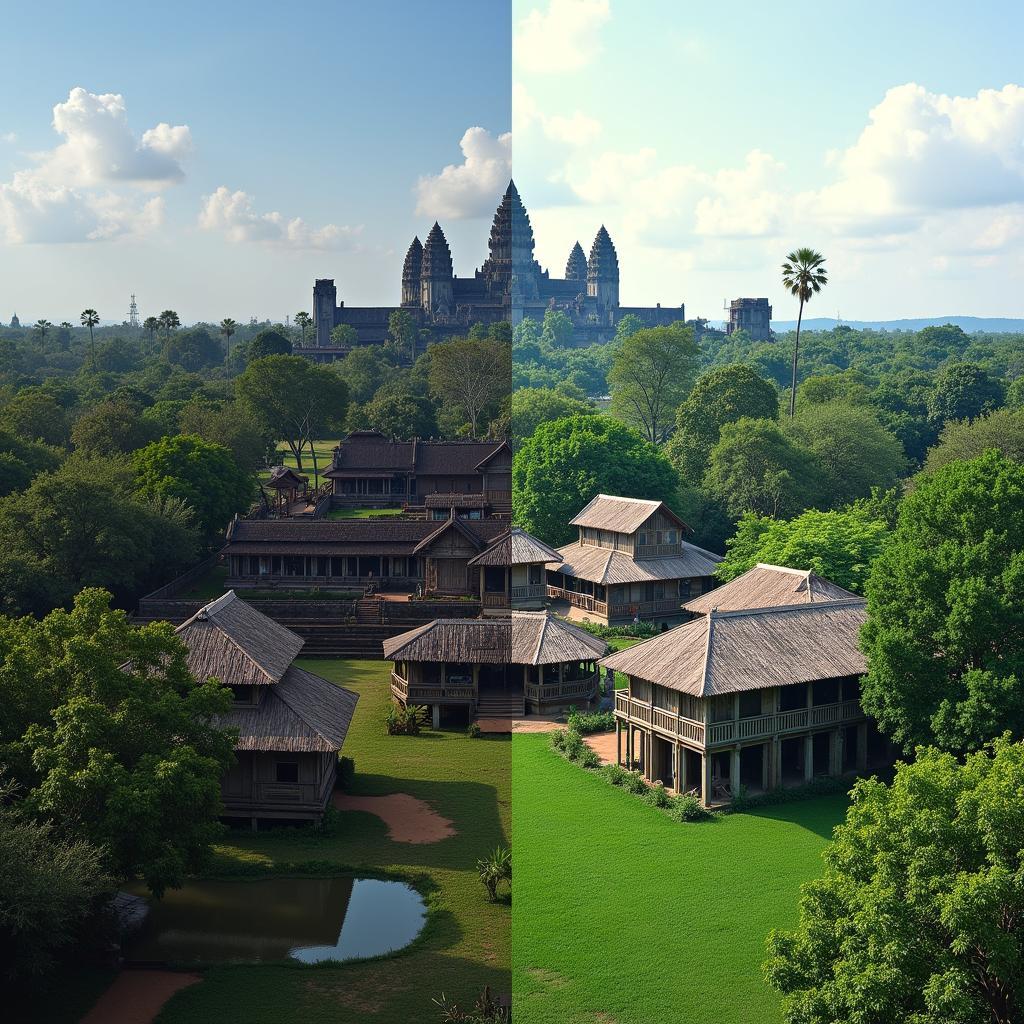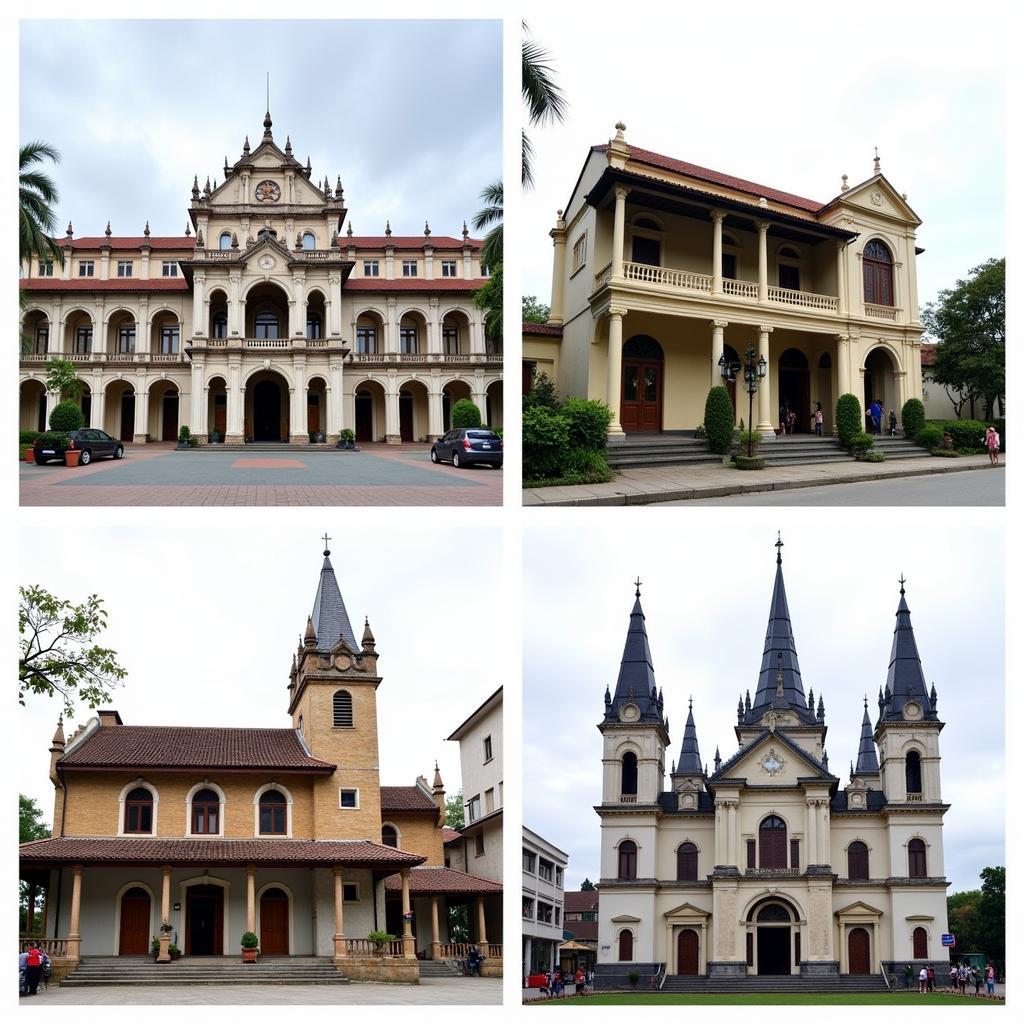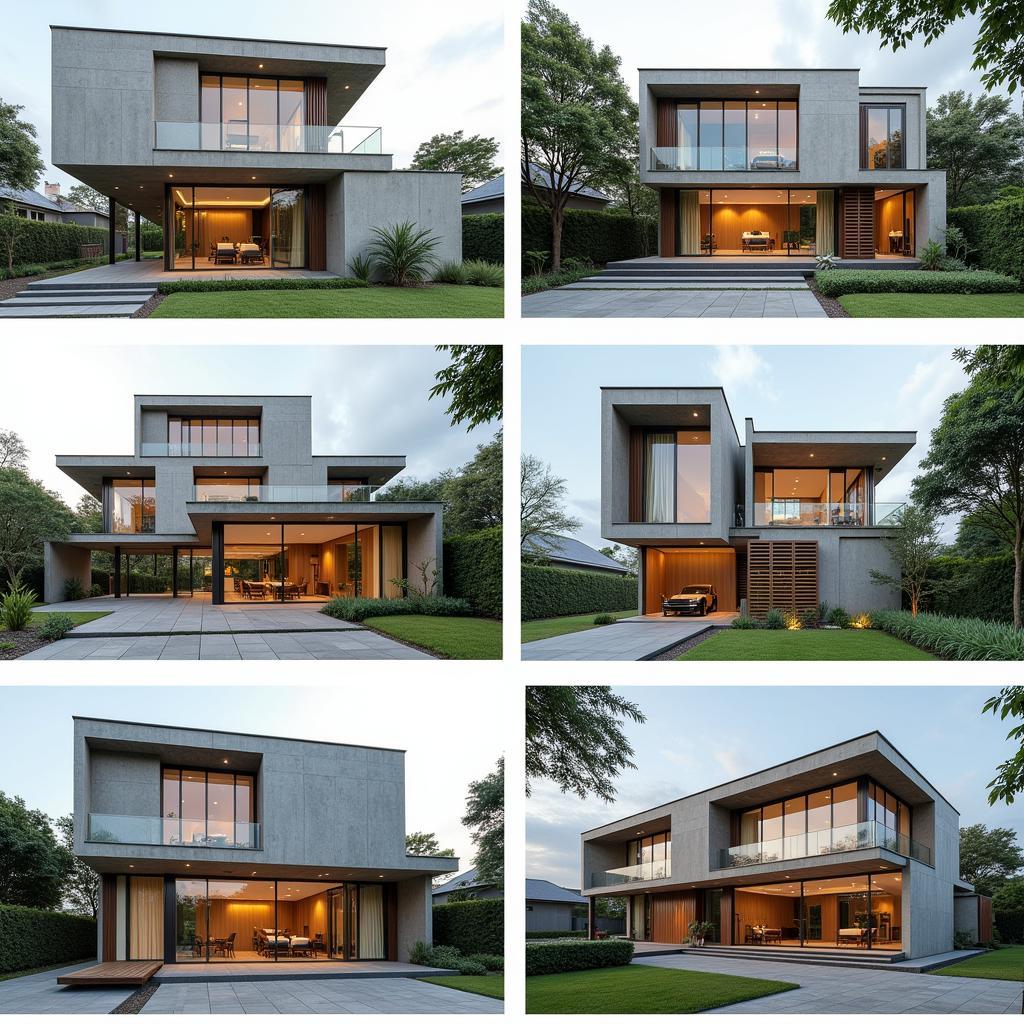Southeast Asian architectural structures are a captivating blend of indigenous traditions, colonial influences, and modern innovations. This exploration delves into the rich tapestry of ASEAN’s architectural heritage, showcasing the diversity and ingenuity found across the region.
From ancient temples to contemporary skyscrapers, ASEAN boasts an impressive array of architectural marvels. These structures reflect the region’s rich history, cultural values, and its dynamic journey through time. This article will examine the key influences that have shaped ASEAN architecture, highlighting prominent examples and exploring the unique characteristics of each country’s architectural style. We’ll also delve into how these buildings reflect the intersection of tradition and modernity.
The Enduring Influence of Ancient Traditions on ASEAN Architectural Structures
Many ASEAN nations boast ancient architectural traditions that continue to inspire contemporary designs. Temples, palaces, and traditional houses showcase intricate craftsmanship and unique building techniques. For instance, the Angkor Wat in Cambodia is a testament to the Khmer Empire’s architectural prowess, while the traditional stilt houses found in many parts of the region reflect adaptation to local climates and lifestyles. These structures are not mere relics of the past; they serve as a living testament to the ingenuity and resilience of ASEAN’s ancestors. This rich heritage serves as a foundation for modern architects, informing their designs and ensuring continuity with the past.
 Ancient Temples and Stilt Houses in ASEAN Architecture
Ancient Temples and Stilt Houses in ASEAN Architecture
Colonial Legacies in ASEAN Architecture
The colonial era left a significant mark on the architectural landscape of Southeast Asia. European powers introduced new building styles and techniques, which blended with existing traditions to create unique hybrid forms. From grand colonial-era buildings in cities like Yangon and Hanoi to the fusion architecture found in places like Melaka and Vigan, these structures offer a glimpse into a complex period of history. These colonial legacies are now part of ASEAN’s diverse architectural tapestry, standing as reminders of a period of significant transformation.
 Colonial-Era Buildings in Southeast Asian Cities
Colonial-Era Buildings in Southeast Asian Cities
Modern Marvels: ASEAN Architectural Structures in the 21st Century
ASEAN nations are experiencing rapid development, and this is reflected in their contemporary architecture. Modern skyscrapers, innovative sustainable designs, and a resurgence of interest in traditional building methods characterize the region’s evolving architectural landscape. The Petronas Twin Towers in Kuala Lumpur and the Marina Bay Sands in Singapore are iconic examples of this modern architectural boom. These modern marvels demonstrate ASEAN’s embrace of cutting-edge technology and design, while simultaneously acknowledging the region’s rich architectural past. You may want to check out the Asea Cassimus House.
Bridging the Gap: Blending Tradition and Modernity in ASEAN Architecture
Many architects in the region are striving to create designs that bridge the gap between tradition and modernity. They incorporate elements of traditional styles into contemporary buildings, creating a unique architectural language that reflects both the past and the present. These innovative approaches ensure the preservation of cultural heritage while embracing the dynamism of the 21st century. The ASE Citadel might be a good example of this.
 Modern ASEAN Architecture Blending Tradition and Innovation
Modern ASEAN Architecture Blending Tradition and Innovation
What are some of the most iconic ASEAN architectural structures?
Some of the most iconic include Angkor Wat, the Petronas Twin Towers, and the Shwedagon Pagoda. These structures represent the diverse range of architectural styles found in the region. You might also be interested in ASEAN Architects Philippines. For a glimpse into the region’s architectural talent, you can explore ASEAN Architects 2019. It is also fascinating to learn more about ASE ancestors and their architectural influence.
Conclusion
Asean Architectural Structures offer a fascinating window into the region’s rich history, cultural diversity, and rapid development. From ancient temples to modern skyscrapers, these buildings showcase a captivating blend of tradition and innovation. Exploring these diverse architectural landscapes provides a deeper understanding of the dynamic forces shaping Southeast Asia.
FAQ
- What are the main influences on ASEAN architecture?
Ancient traditions, colonial legacies, and modern advancements are the primary influences. - What are some examples of traditional ASEAN architecture?
Angkor Wat, traditional stilt houses, and various temples and palaces. - How is modern architecture in ASEAN evolving?
It’s embracing sustainable designs and incorporating traditional elements into modern structures. - Where can I find examples of colonial architecture in ASEAN?
Cities like Yangon, Hanoi, Melaka, and Vigan. - What are some iconic modern ASEAN architectural structures?
The Petronas Twin Towers and the Marina Bay Sands.
For further assistance, please contact us at Phone: 0369020373, Email: [email protected], or visit our address: Thon Ngoc Lien, Hiep Hoa, Bac Giang, Vietnam. Our customer service team is available 24/7.

